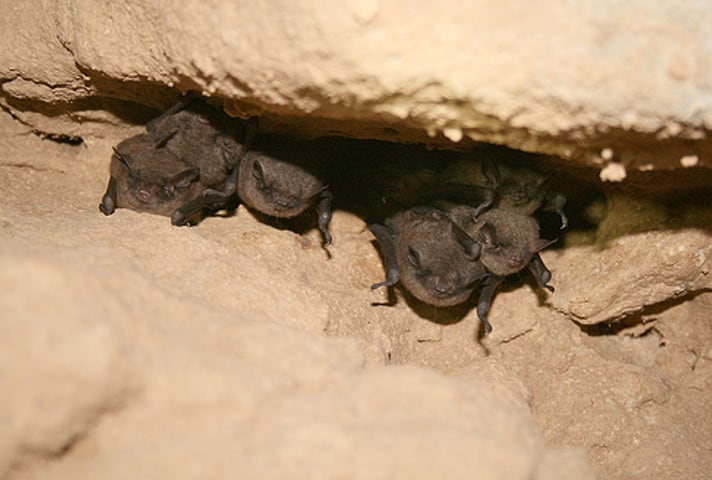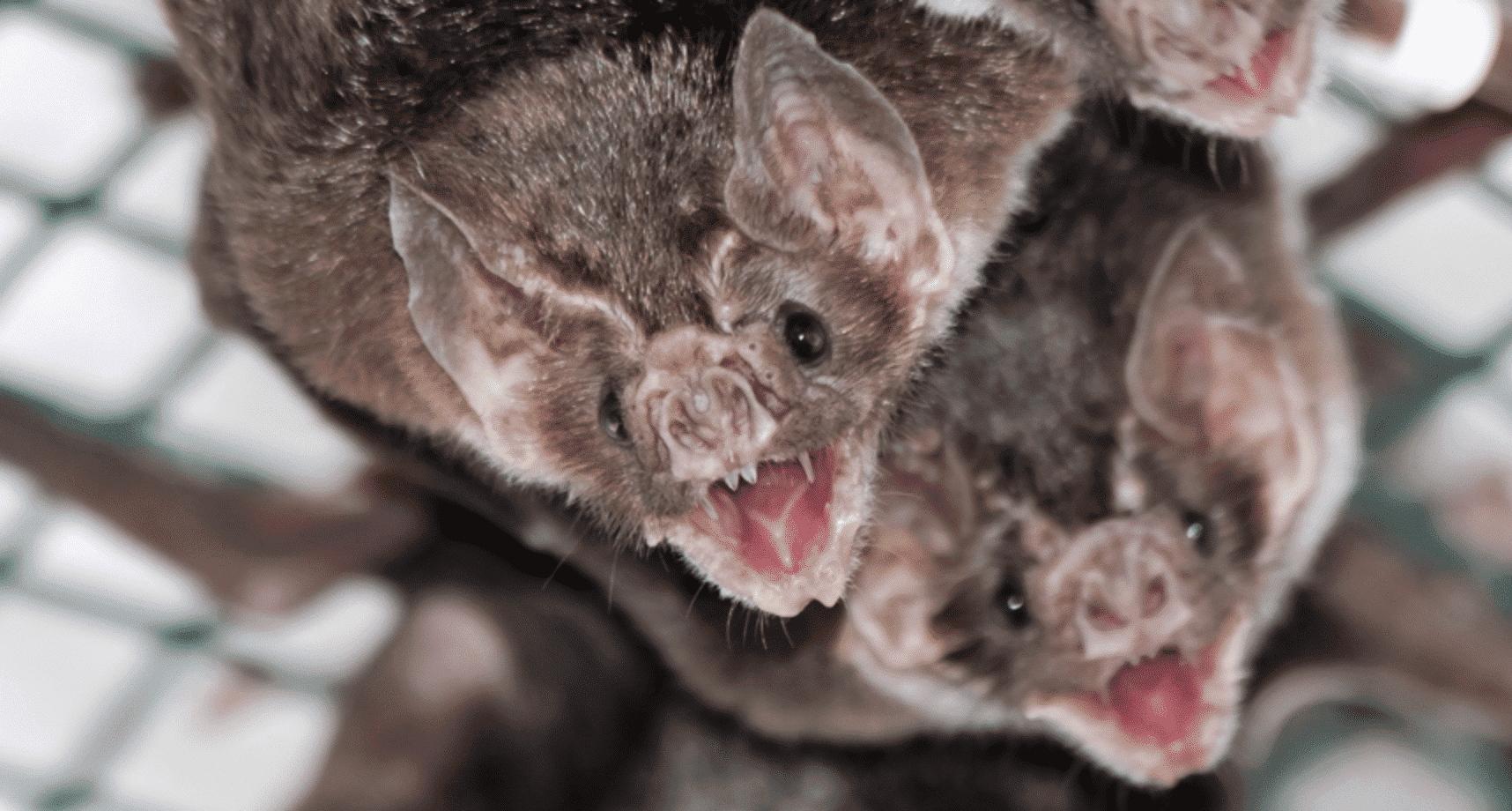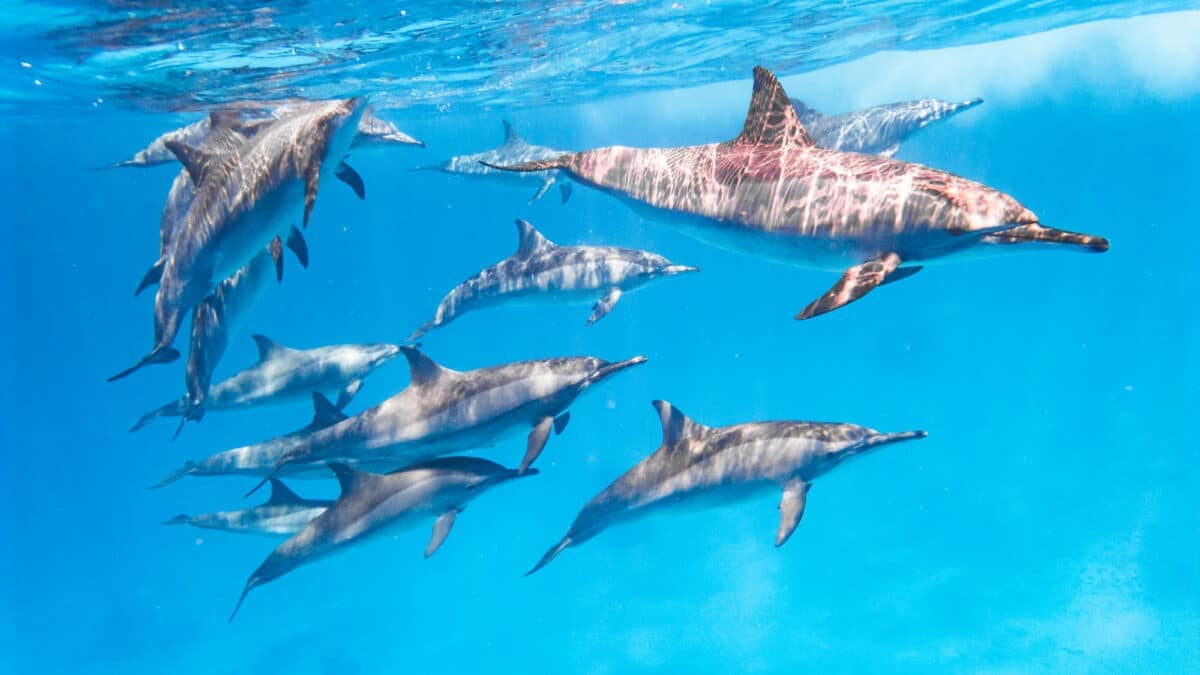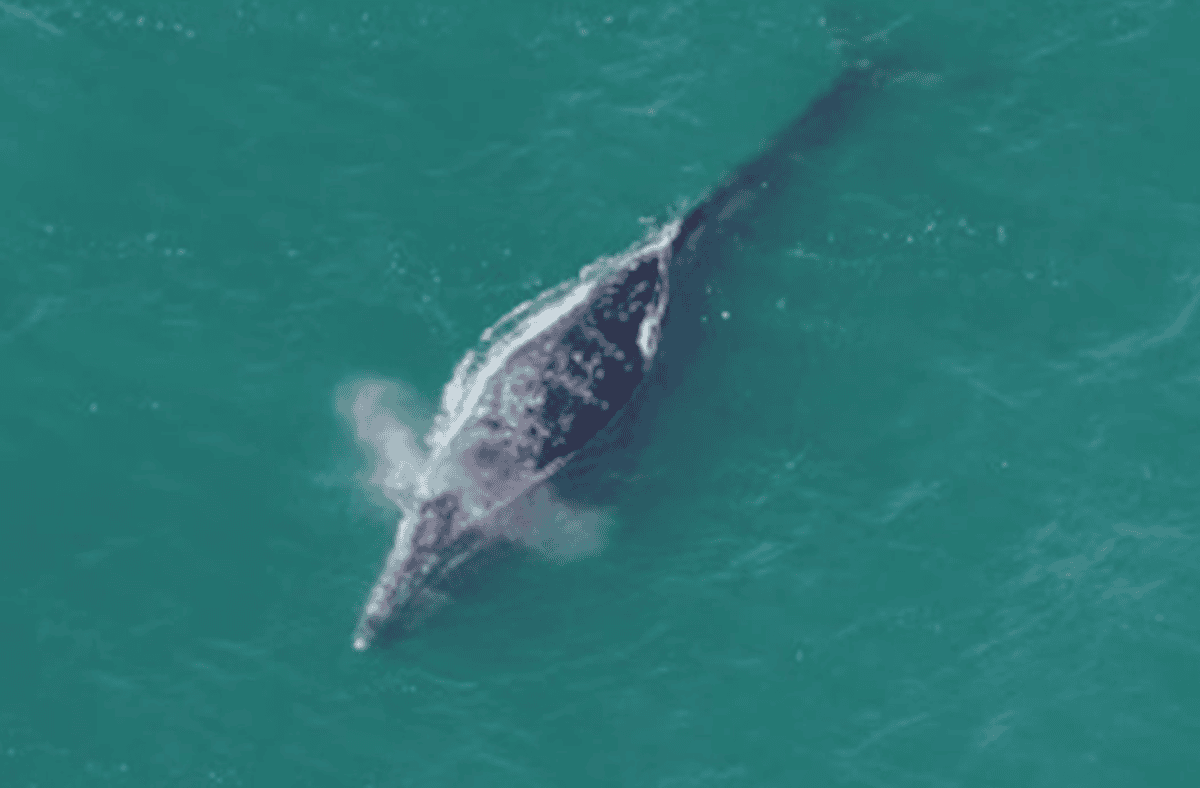The Dawn of AI in Animal Communication

Artificial intelligence (AI) is now being utilized to decode animal languages, allowing scientists to better understand how different species communicate and interact with their environment.
The Role of AI in Conservation

AI is helping advance conservation efforts by decoding animal sounds, which can provide crucial insights into the needs and behaviors of various species, aiding in their protection.
The Earth Species Project

The Earth Species Project (ESP) is at the forefront of using AI to decode animal communication. This non-profit organization aims to translate animal languages to foster better coexistence between humans and wildlife.
Understanding Animal Behavior

Researchers use AI to analyze vast amounts of data from animal sounds and behaviors. This helps identify patterns and correlations that can reveal how animals communicate and respond to different stimuli.
Cetaceans: A Focus of AI Research

Cetaceans, like whales and dolphins, are a primary focus due to their complex vocalizations and social structures. AI is helping decode these sounds to understand their communication better.
AI and Bioacoustics

Bioacoustics, the study of sound production and hearing in animals, is being revolutionized by AI. Researchers can now analyze large datasets more efficiently, leading to new discoveries about animal communication.
Real-World Applications

AI has already helped identify new species, such as a blue whale population in the Indian Ocean, showcasing its potential in biodiversity studies and conservation.
Watch the video here.
Ethical Considerations

There are ethical questions surrounding the use of AI in animal communication, such as ensuring the data is used for conservation and not exploitation.
Challenges in Decoding Animal Language

Decoding animal languages is complex and differs significantly from human languages. AI helps, but it requires combining audio data with behavioral observations for accurate interpretations.
The Role of Machine Learning

Machine learning algorithms are crucial for identifying patterns in animal sounds. These patterns can then be linked to specific behaviors or environmental conditions.
Potential for Two-Way Communication

There is hope that AI will eventually enable two-way communication with animals, allowing humans to understand and respond to their needs more effectively.
Examples of AI in Action

AI tools like DeepSqueak have been used to study ultrasonic vocalizations in rats, providing insights into their social behaviors and emotional states.
Beyond Vocalizations

Animal communication is not limited to sounds. AI is also used to study visual and physical signals, broadening our understanding of how animals interact.
The Impact on Ecological Research

AI’s ability to analyze complex datasets is transforming ecological research, providing new insights into animal behaviors and their ecological impacts.
The Future of AI in Animal Studies

The future looks promising with continuous advancements in AI, making it possible to decode more complex animal communications and behaviors.
Skepticism and Limitations

Despite the progress, some scientists remain skeptical about AI’s ability to fully understand animal languages, emphasizing the need for traditional observational studies.
Cross-Species Applications

AI tools developed for one species can often be adapted for others, making the technology versatile and widely applicable across different animal groups.
The Broader Implications

Understanding animal communication can change how we view our relationship with nature, potentially leading to more harmonious coexistence.
AI in Marine Biology

In marine biology, AI helps track and protect marine animals by analyzing their vocalizations and movement patterns, contributing to conservation efforts.
Public Engagement

ESP and other organizations make their findings publicly available, encouraging global collaboration and greater public engagement in conservation efforts.
Looking Ahead

As AI continues to evolve, its role in decoding animal communication will likely expand, opening up new possibilities for conservation, animal welfare, and our understanding of the natural world.
By leveraging the power of AI, scientists are making significant strides in understanding and protecting the animal kingdom, paving the way for a future where human-animal communication might be possible. I hope you enjoyed reading about the scientists that are using AI to talk to animals. To read more stories like this, check out the articles below:
Join our Forum for free today!

- How AI is Helping Scientists Talk to Animals - June 26, 2024
- Wild Thang Finally Wins World’s Ugliest Dog Title at Californian Competition - June 25, 2024
- “Male” Snake Gives Birth To 14 Snakelets At Portsmouth College - June 25, 2024

